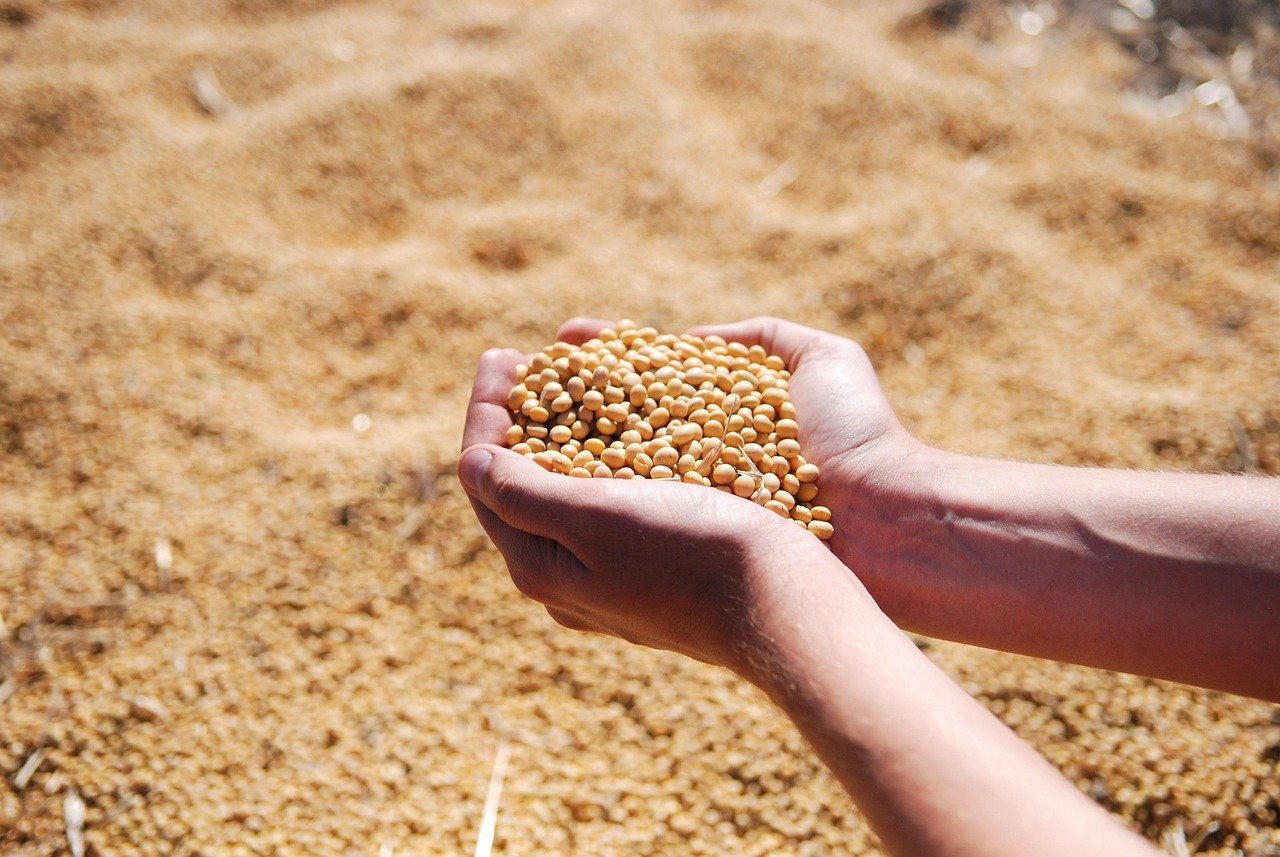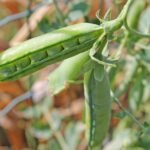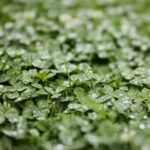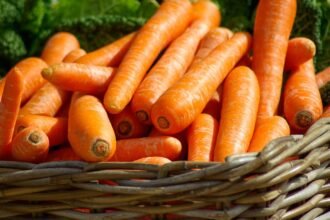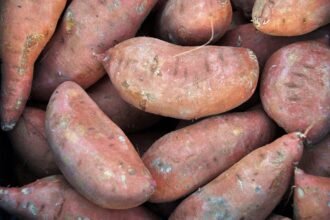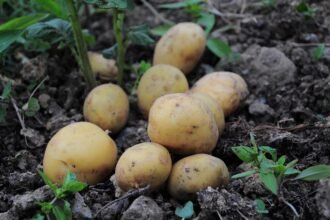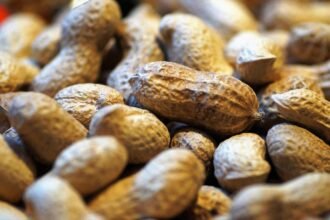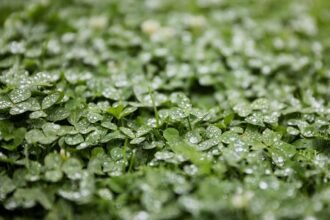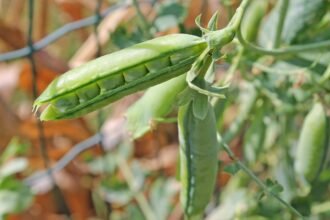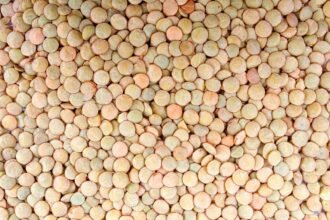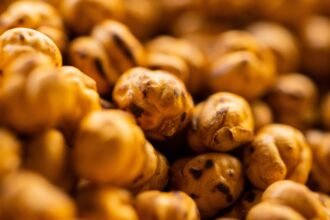Soybeans (Glycine max) are one of the most important and widely grown legume crops in the world, valued for their high protein content and versatility. Soybeans are used for various purposes, including food products, animal feed, and as a key ingredient in biofuels. They also play a vital role in improving soil health through nitrogen fixation, making them an essential part of crop rotation systems. Successful soybean cultivation requires proper management practices, from soil preparation and pest control to irrigation and harvesting. This guide provides a detailed overview of the key aspects of soybean farming.
1. Soil Preparation and Fertility Management
Soybeans grow best in well-drained, fertile soils with good structure and moisture retention. Proper soil management ensures optimal root development and high-quality yields.
Key Steps:
- Soil Testing: Before planting, conduct a soil test to determine nutrient levels and pH. Soybeans prefer slightly acidic to neutral soils, with a pH range of 6.0 to 7.0. If necessary, apply lime to raise soil pH.
- Tillage: Soybeans prefer soils that are not compacted. Use light tillage to prepare a fine seedbed, ensuring good seed-to-soil contact. Excessive tillage should be avoided to preserve soil structure.
- Fertilization: Soybeans are nitrogen-fixing plants, which means they can fix nitrogen from the air through a symbiotic relationship with rhizobial bacteria. However, they still require adequate phosphorus (P) and potassium (K) for root development, flowering, and pod formation. Apply phosphorus at planting and potassium during flowering. Excess nitrogen fertilization should be avoided, as it can reduce nodulation and hinder proper growth.
- Organic Matter: Incorporating organic matter, such as compost or manure, helps improve soil structure, water retention, and nutrient availability.
2. Selecting the Right Soybean Variety
Choosing the appropriate soybean variety is critical for optimizing yield, disease resistance, and suitability to local growing conditions.
Soybean Varieties:
- Group 00–II (Early Maturity): These varieties are suitable for cooler climates with shorter growing seasons.
- Group III–V (Medium to Late Maturity): These varieties are better suited for regions with longer growing seasons and warmer climates.
- Glyphosate-Resistant Varieties: These are genetically modified varieties designed to tolerate herbicide applications, making weed control easier.
- Disease-Resistant Varieties: Select varieties that are resistant to common soybean diseases like Soybean Cyst Nematode (SCN), Phytophthora root rot, and Downy Mildew.
Select varieties suited to your local climate, soil, and market demand (e.g., for food products, oil extraction, or feed).
3. Planting and Sowing Techniques
Proper planting techniques ensure good seed establishment and healthy soybean growth, leading to high yields.
Key Steps:
- Planting Time: Soybeans should be planted when the soil temperature reaches at least 15–18°C (59–64°F), typically in late spring or early summer, depending on the local climate.
- Sowing Depth: Plant soybeans at a depth of 3–4 cm (1.2–1.6 inches). Shallow planting may expose seeds to drying, while deep planting can delay germination and result in poor seedling establishment.
- Row Spacing: The recommended row spacing for soybeans is 45–75 cm (18–30 inches). Narrower row spacing allows for more efficient use of space and higher plant density, while wider rows improve air circulation and reduce the risk of disease.
- Seed Rate: The typical seed rate for soybeans is 60–120 kg per hectare, depending on the variety, row spacing, and soil conditions. A higher seed rate may be used in areas with poor soil or when growing for forage.
4. Water Management
Soybeans require adequate moisture, especially during the flowering and pod-filling stages, to ensure healthy growth and optimal yield.
Key Steps:
- Water Requirements: Soybeans require approximately 500–800 mm (20–31 inches) of water during the growing season, depending on local conditions. The most critical periods for water are during flowering, pod development, and seed filling.
- Rain-fed vs. Irrigated Systems: Soybeans can be grown under rain-fed conditions in areas with sufficient rainfall. However, in drier regions, supplemental irrigation may be necessary, particularly during dry periods.
- Irrigation Techniques: Use efficient irrigation methods, such as drip or sprinkler systems, to provide water directly to the plant roots while minimizing water wastage. Ensure that the soil remains consistently moist but not waterlogged.
5. Nutrient Management
Soybeans are a low-input crop, but proper nutrient management is essential to ensure healthy plants and high yields.
Key Steps:
- Nitrogen Fixation: Soybeans can fix their own nitrogen with the help of rhizobial bacteria. Ensure the soil contains the right strains of rhizobia to optimize nitrogen fixation.
- Phosphorus and Potassium: Apply phosphorus at planting to promote root development and potassium during flowering and pod development to enhance yield potential and disease resistance.
- Micronutrients: Soybeans require micronutrients such as zinc, sulfur, and manganese for optimal growth. Apply micronutrient fertilizers if soil tests show deficiencies.
6. Weed Control
Weeds can compete with soybeans for nutrients, water, and sunlight, potentially reducing yield. Effective weed management is crucial for optimal soybean production.
Key Steps:
- Pre-emergence Herbicides: Apply pre-emergence herbicides to control weeds before soybeans emerge. This reduces early weed competition and helps establish strong plants.
- Post-emergence Herbicides: After soybeans have emerged, use selective herbicides to control weeds without harming the crop. Glyphosate-resistant varieties can also be used to simplify weed control.
- Manual Weeding: In small-scale operations, manual weeding may be necessary, especially during early growth stages.
- Cover Crops: Consider planting cover crops such as clover or rye before sowing soybeans. These crops can help suppress weeds and improve soil fertility.
7. Pest and Disease Management
Soybeans are susceptible to various pests and diseases that can damage the plants and reduce yield. Managing these threats is essential for healthy crops.
Common Pests:
- Soybean Aphids: Aphids can transmit viruses and weaken plants by feeding on sap. Use insecticides or encourage natural predators like ladybugs to control aphid populations.
- Japanese Beetles: These pests feed on soybean leaves and pods, damaging the plants. Apply insecticides or use traps to manage beetle populations.
- Root Knot Nematodes: These nematodes damage soybean roots, affecting nutrient uptake and reducing yield. Use nematode-resistant varieties and rotate crops to manage nematode populations.
Common Diseases:
- Soybean Rust: This fungal disease can cause significant damage to soybean plants. Use resistant varieties and fungicides to control rust.
- Phytophthora Root Rot: A soil-borne fungal disease that attacks the roots of soybeans, reducing plant health and yield. Use resistant varieties and improve soil drainage to manage this disease.
- Soybean Cyst Nematode (SCN): SCN is a major pest that damages soybean roots and reduces yield. Use resistant varieties and practice crop rotation to control SCN populations.
- Integrated Pest Management (IPM): Use IPM strategies, combining biological control, resistant varieties, crop rotation, and minimal pesticide use to manage pests and diseases effectively.
8. Harvesting and Post-Harvest Handling
Harvesting soybeans at the right time is essential to maintaining seed quality and minimizing losses.
Key Steps:
- Harvest Timing: Soybeans should be harvested when the pods are mature and the moisture content of the seeds is around 13–15%. Delaying harvest can lead to seed shattering and quality loss.
- Mechanical Harvesting: For large-scale farms, use combine harvesters to efficiently cut, thresh, and clean the soybeans. This reduces labor costs and minimizes grain damage.
- Manual Harvesting: In smaller operations, soybeans can be harvested manually. After cutting, allow the plants to dry before threshing.
- Drying: After harvesting, dry soybeans to a moisture content of 12–14% to prevent spoilage and mold growth during storage.
- Storage: Store soybeans in cool, dry, and well-ventilated areas. Use airtight containers or silos to protect the seeds from moisture, pests, and temperature fluctuations.
9. Sustainable Soybean Farming Practices
Soybeans are an environmentally friendly crop due to their nitrogen-fixing ability, which reduces the need for synthetic fertilizers. Sustainable farming practices help ensure long-term productivity while reducing environmental impact.
Sustainable Practices:
- Crop Rotation: Rotate soybeans with other crops like corn or wheat to improve soil health, reduce pest pressure, and break disease cycles.
- Conservation Tillage: Minimize tillage to conserve soil moisture, reduce erosion, and improve soil structure.
- Water Conservation: Use efficient irrigation methods and practice rainwater harvesting to conserve water and improve sustainability.
Conclusion
Soybean cultivation requires careful attention to soil management, water, pest control, and harvesting to ensure high yields and quality. By following best practices for planting, pest management, irrigation, and harvesting, farmers can maximize soybean productivity and quality. Whether growing soybeans for food, feed, or commercial purposes, understanding the technical aspects of soybean farming will help you achieve long-term success.

